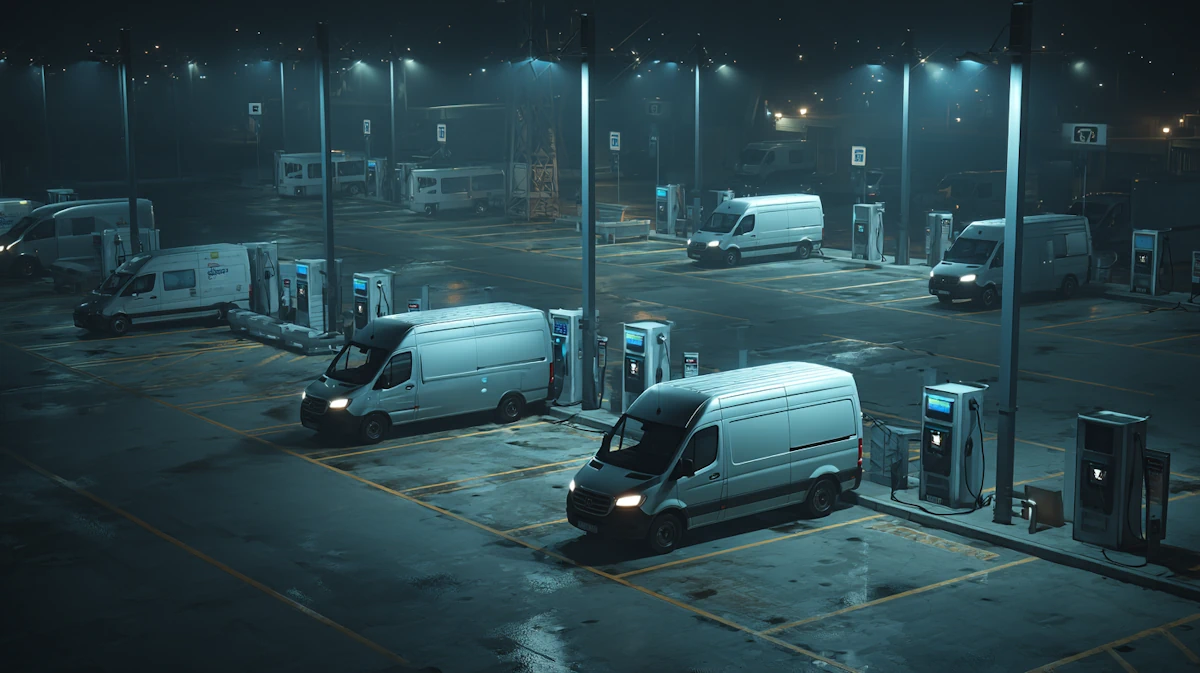 EV Charging Levels Explained: Level 1, Level 2 and DC Fast Charging
EV Charging Levels Explained: Level 1, Level 2 and DC Fast Charging
Nov 25, 2025
Why EV charging levels matter more than just “slow, medium, fast”Most drivers hear Level 1, Level 2, DC fast charging and translate that as slow, medium, fast. In reality, each level is tied to a different power range, cost, and use case. The right level can turn charging into a background task you barely notice. The wrong level can mean queues at fast chargers, higher running costs, or a wallbox that is overkill for your driving pattern.
Charging levels affect daily life in three main ways: how long the car stays parked, how much energy it needs in that window, and how much you want to spend on hardware and grid capacity.
What the three EV charging levels actually areCharging levels are a simple way to group power ranges that show up again and again in the real world.
Level 1 charging: slow backup from a household outlet• Uses a standard household outlet in markets with 120 V supply• Power around 1–2 kW• Best for very light use and backup charging
Level 2 charging: everyday home and workplace charging• Uses a dedicated circuit at 208–240 V (single phase) or 400 V (three phase)• Power typically 3.7–22 kW depending on grid and hardware• Covers most daily home and workplace charging
DC fast charging: high power when time is tight• Uses dedicated DC equipment that converts power inside the station• Power from about 50 kW up to several hundred kilowatts• Used on highways, busy depots and sites where time is tight
AC versus DC chargingFor AC charging, the car does the heavy lifting. The wallbox or charge point delivers AC power, and the car’s onboard charger converts that to DC at a limited rate. This keeps hardware small and affordable, which is ideal in homes and many workplace or destination car parks.
For DC fast charging, the station converts AC grid power to DC and manages a much higher current directly into the battery. The car shares its preferred voltage and current limits, and the station follows that profile. This moves cost and complexity out of the vehicle and into the infrastructure, which is why DC equipment is larger, heavier, and more expensive, but also able to deliver very high power.
AC levels decide how fast a car can charge based on its onboard charger and the circuit feeding it. DC fast charging depends more on the station’s capability, the battery state of charge, and temperature limits.
Level 1 EV charging: when very slow is still enoughLevel 1 uses a standard low-power outlet, common in regions with 120 V mains. The power is usually around 1–1.9 kW. That can translate to roughly 3–5 miles of range per hour for many cars.
This sounds slow, but there are use cases where Level 1 works:• Short daily commutes and low yearly mileage• Cars parked at home for 10–12 hours almost every night• Second cars that move very little during the week
Advantages• Almost zero installation cost if the circuit is already safe and dedicated• Very gentle on the grid and often on the battery as well
Limits• Large battery packs can take days to refill from low state of charge• Not suitable where several drivers share one parking spot or have irregular shift patterns• In many markets, regulations and safety rules limit how casually a household socket can be used for long charging sessions
Level 1 makes sense when driving needs are predictable and modest and when the home’s electrical system cannot easily support higher power.
Level 2 EV charging: the everyday sweet spot for home and workplaceFor most drivers with access to off-street parking, Level 2 is the practical target. It uses a dedicated circuit and EVSE at 208–240 V single phase or up to 400 V three phase in many regions. Typical power spans from 3.7 kW up to 11 or 22 kW, depending on grid and hardware.
At these powers, an overnight session can comfortably refill the battery after a long day. For example, a 7.4 kW charger can often add around 25–30 miles of range per hour, which is enough to recover well over 150 miles in six hours for many vehicles.
Common use cases• Home wallboxes for one or two cars• Workplace charging where cars remain parked for several hours• Hotels, shopping centers, and public car parks focused on park and charge while you do something else
Benefits• Overnight charging covers almost any daily commute• Power levels match the way cars already park and rest• Installation cost and grid impact remain manageable in most residential and commercial buildings
Limits• Requires a dedicated circuit and suitable panel capacity• May need professional installation and local inspection• For very high annual mileage or multi-shift fleets, Level 2 alone may be too slow
Many drivers mix a fixed wallbox with portable options. A portable EV charger for home use can bridge different outlets on the road or at a second home while keeping Level 2 convenience where it matters most.
DC fast EV charging: when time becomes the main constraintDC fast charging, sometimes called Level 3 in casual speech, starts around 50 kW and now reaches 350 kW or more on some highway corridors. The key difference is how power is delivered across the charging session.
At low state of charge with a warm battery, many vehicles accept close to their maximum DC rating. In this phase, a 100 kW session can add meaningful range in 10–15 minutes. As the battery fills and reaches higher state of charge, the car requests less current to protect cell life and manage heat. The driver sees this as a taper in power, especially above about 70–80 percent.
Typical use cases• Long-distance travel on motorways and expressways• Quick top-ups during the day for ride-hailing or delivery vehicles• Fleet depots where vehicles must turn around quickly between shifts
Considerations• Per-kWh cost is often higher than AC charging, once service fees and demand charges are factored in• Repeated high-power charging can stress the battery if cooling is weak or software is not well tuned• Stations demand strong grid connections, careful load management, and robust connectors and cables
High-power DC fast charging connectors for public sites take these stresses into account with higher current ratings, thermal management, and ergonomic designs that still allow drivers to handle the cables safely.
EV charging levels comparison table
Below is a simplified comparison. Numbers are typical ranges, not exact values for every vehicle or region.
Charging level
Typical supply and power
Approximate range added per hour
Typical 10–80% charge time for a mid-size EV
Best suited for
Level 1
120 V AC, 1–1.9 kW
3–5 miles (5–8 km)
20–40 hours from low state of charge
Very light use, second cars, backups
Level 2
208–240 V AC or 400 V AC, 3.7–22 kW
15–35 miles (25–55 km)
4–10 hours depending on power and battery
Daily home and workplace charging
DC fast
Dedicated DC, 50–350 kW+
100–800 miles (160–1300 km) per hour at low SOC (for the time spent)
Roughly 20–45 minutes for a large part of the usable range
Highways, depots, high-utilization fleets
Actual figures depend on vehicle efficiency, weather, and the charging curve set by the manufacturer. Level 1 is about slow recovery, Level 2 is overnight and destination convenience, and DC fast charging is short, intense top-ups.
How drivers can choose the right charging level
Step 1: daily and weekly mileage• If most days are under 40–50 miles and you have many hours to park at home, Level 1 combined with occasional public Level 2 might work.• If days often exceed 60–80 miles or you stack many short trips, Level 2 at home makes life much easier.
Step 2: access to off-street parking• If you have a private driveway or garage, a properly installed Level 2 solution is usually the most efficient long-term plan.• If you rely on street parking or shared lots, public Level 2 and DC fast chargers become the backbone of your strategy.
Step 3: travel pattern and long trips• If you mostly drive within a city and rarely take road trips, regular Level 2 and occasional DC top-ups are enough.• If you take frequent long intercity journeys, learning the DC fast charging network on your usual routes matters more than squeezing another kilowatt out of a wallbox.
Step 4: budget and electrical capacity• When panel capacity is tight, a modest Level 2 unit with load management is often a better choice than attempting the maximum possible power.• A well-sized solution that runs smoothly every night is more valuable than a theoretical high-power option that trips breakers or needs costly upgrades.
If you mainly charge at home, this guide on Level 1 vs Level 2 home charging can help you decide which setup fits your daily routine.
What EV charging levels mean for sites, fleets, and charging hardware
Site hosts and fleet operators face a different question: less about which level fits a commute and more about how many vehicles need how much energy in each parking window. Charging levels turn into a planning tool across several dimensions.
Fleet teams that want a step-by-step approach can use our guide on what level of EV charging fleets really need.
Parking time and turnover• Supermarkets, restaurants, and malls see dwell times between 30 minutes and a few hours. Medium-power Level 2 units often cover that window, with a small number of DC fast chargers reserved for drivers in a hurry.• Highways and intercity corridors have short stops and huge energy needs. Here, DC fast charging dominates, with power sized to keep queues short at peak times.• Depots and fleet yards can mix overnight Level 2 rows with a few high-power DC posts for vehicles that miss their slot or start second shifts.
Grid connection and infrastructure• Large clusters of Level 2 charge points spread load more gently across time.• High-power DC units concentrate power demand and may need medium-voltage connections, dedicated transformers, and smart energy management.• The choice of charging levels also shapes cable runs, protective devices, and mechanical layouts on the site.
Connectors and cables• AC solutions use lighter connectors and cables sized for modest current levels and daily handling by a wide range of drivers.• High-power DC fast chargers rely on robust connectors, thicker cables, and sometimes liquid cooling to keep handles manageable while carrying several hundred amps.• For operators, investing in durable EV connector and cable manufacturing helps reduce downtime and maintenance overhead over the station’s lifetime.
For a closer look at how AC and DC choices change connector and cable design, see our overview of AC vs DC EV charging hardware.
For projects that need to turn these charging levels into real hardware, Workersbee supports AC home and workplace charging as well as public DC fast charging sites. Our portfolio covers portable EV chargers for home use, AC wallboxes for destination charging, and DC fast charging connectors and cables engineered for high-duty public and fleet operation.
Common questions about EV charging levels
Is there such a thing as Level 4 charging?People sometimes use Level 4 as a casual way to describe very high power, megawatt-scale charging for heavy vehicles. In most standards and regulations there are only AC Levels 1 and 2 and DC fast charging categories, even at very high power.
Can every EV use DC fast charging?Not all vehicles have DC fast charging hardware. Some city cars or plug-in hybrids support AC only. Even when DC is available, each model has its own maximum DC power and connector type, so drivers still need to match the station to the car.
Does frequent DC fast charging damage the battery?Modern batteries and thermal systems are designed to tolerate regular DC fast charging within the stated limits. However, constantly charging at high power to very high state of charge can add stress compared with gentler AC charging that keeps most sessions between lower and mid-range state of charge.
Are charging levels the same in every country?The idea of slow, medium, and fast charging is global, but voltages, plug types, and typical power levels vary. Some regions use three-phase AC widely, others mostly use single-phase. DC fast charging also appears with different connector standards, but the basic role of each level in daily life is very similar.
Do I still need home charging if I live near DC fast chargers?It is possible to rely on public DC fast charging alone, especially in dense urban areas, but it can be less convenient and sometimes more expensive. A mix of home or workplace Level 2 charging for routine use and DC fast for trips usually gives a smoother experience.
Read More

 EV Charging Levels Explained: Level 1, Level 2 and DC Fast Charging
EV Charging Levels Explained: Level 1, Level 2 and DC Fast Charging
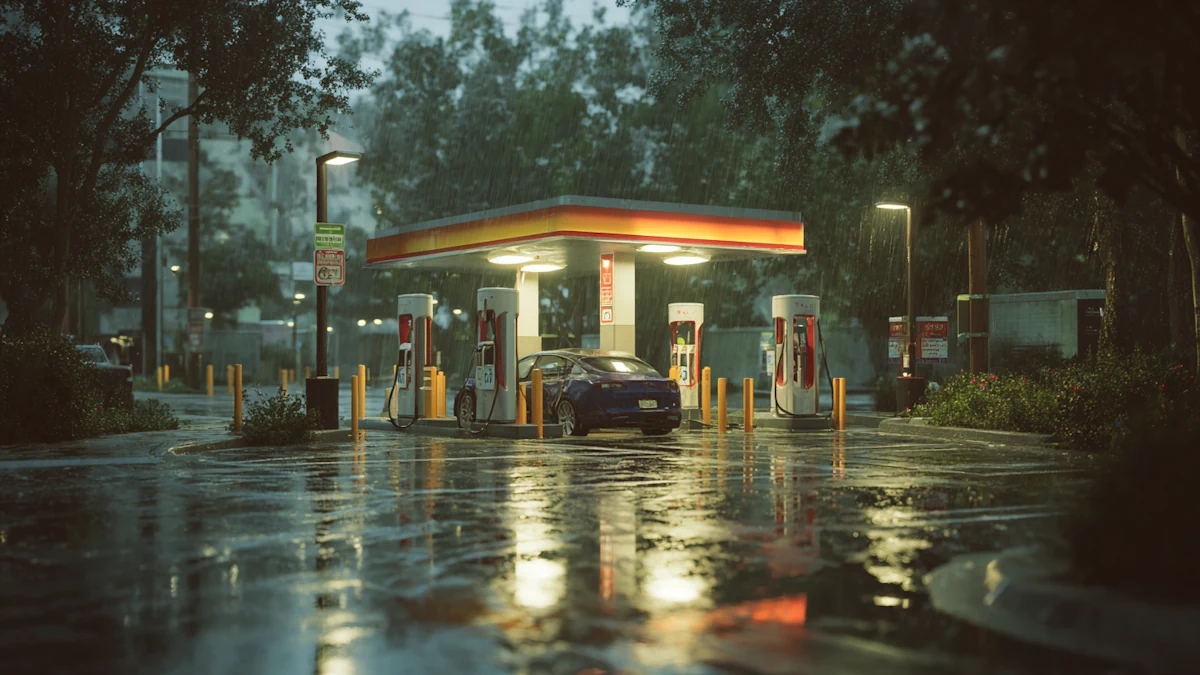 How to Use Public EV Chargers
How to Use Public EV Chargers
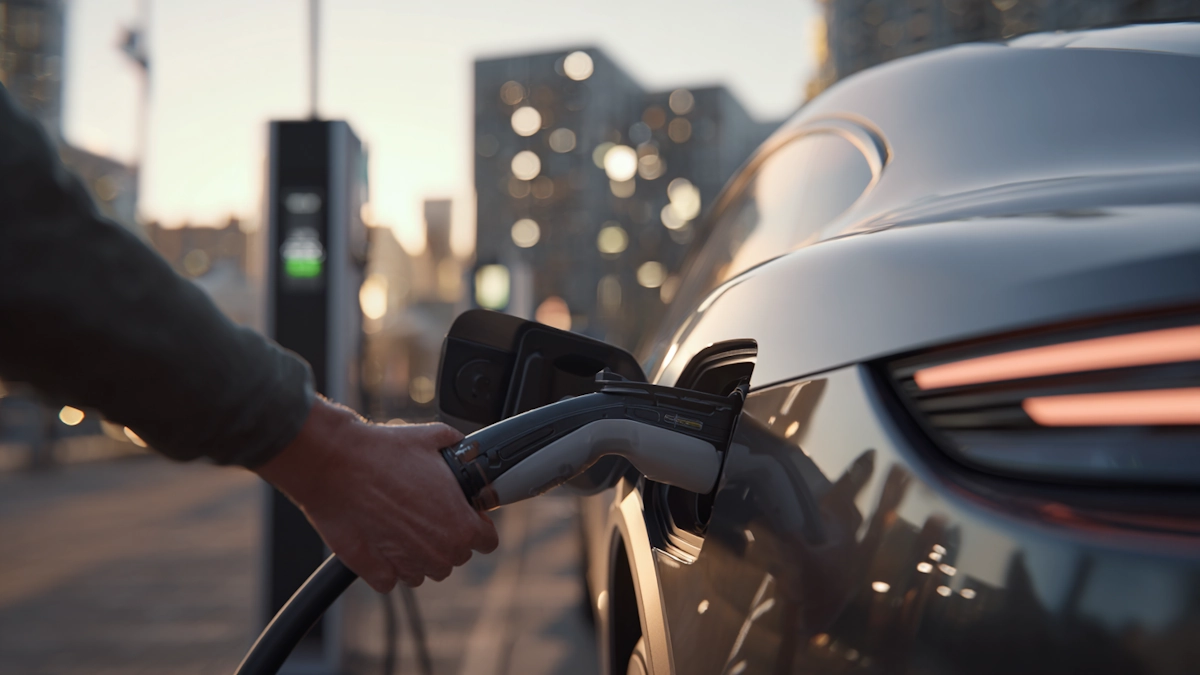 Are EV Chargers Universal in 2025? A Practical Guide from Wokersbee
Are EV Chargers Universal in 2025? A Practical Guide from Wokersbee
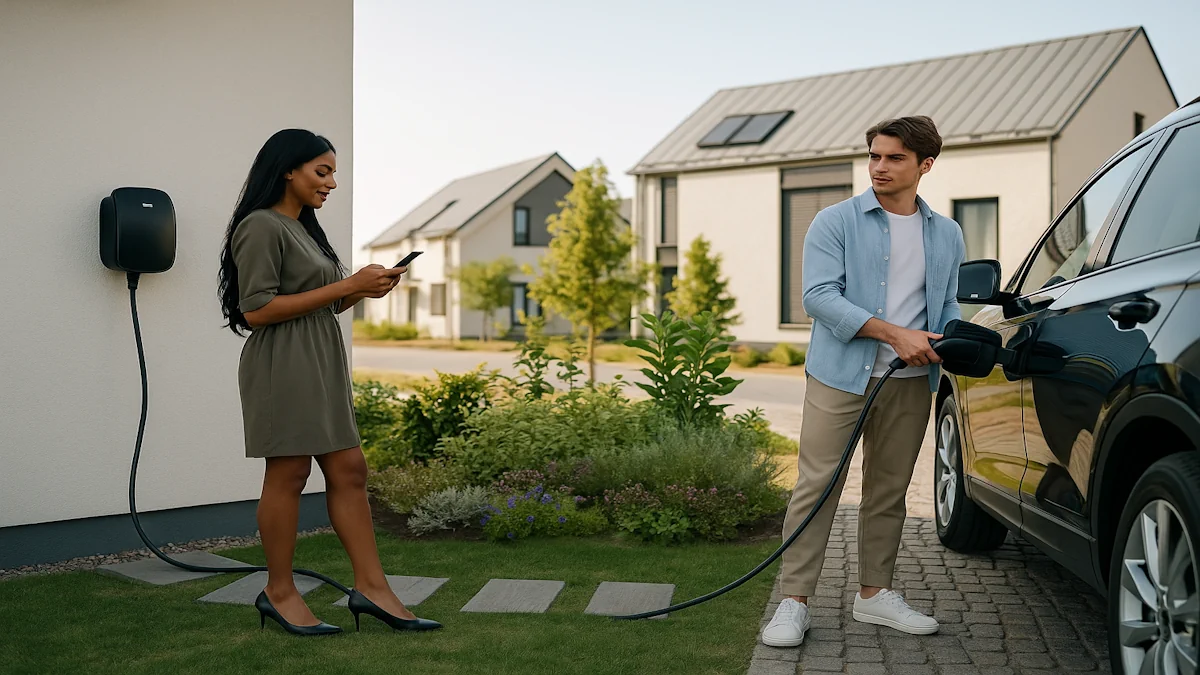 Fast or Slow? Navigating the Levels of EV Charging
Fast or Slow? Navigating the Levels of EV Charging
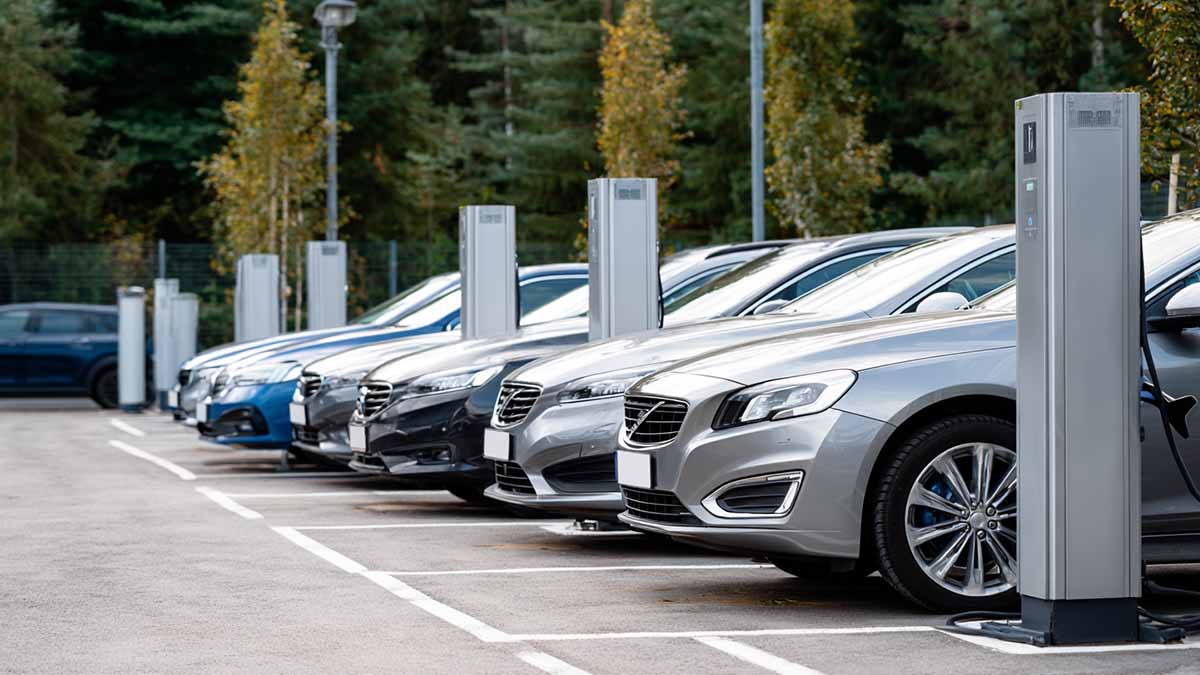 What Is EVSE? A Complete Guide to Electric Vehicle Supply Equipment and How It Works
What Is EVSE? A Complete Guide to Electric Vehicle Supply Equipment and How It Works
 How Fast Charging is Revolutionizing EV Connector Design: Key Challenges and Innovative Solutions
How Fast Charging is Revolutionizing EV Connector Design: Key Challenges and Innovative Solutions
 Why EV Charging Slows After 80%
Why EV Charging Slows After 80%
 EV Charging Speed Explained: AC vs. DC, What’s Best for Your Needs?
EV Charging Speed Explained: AC vs. DC, What’s Best for Your Needs?